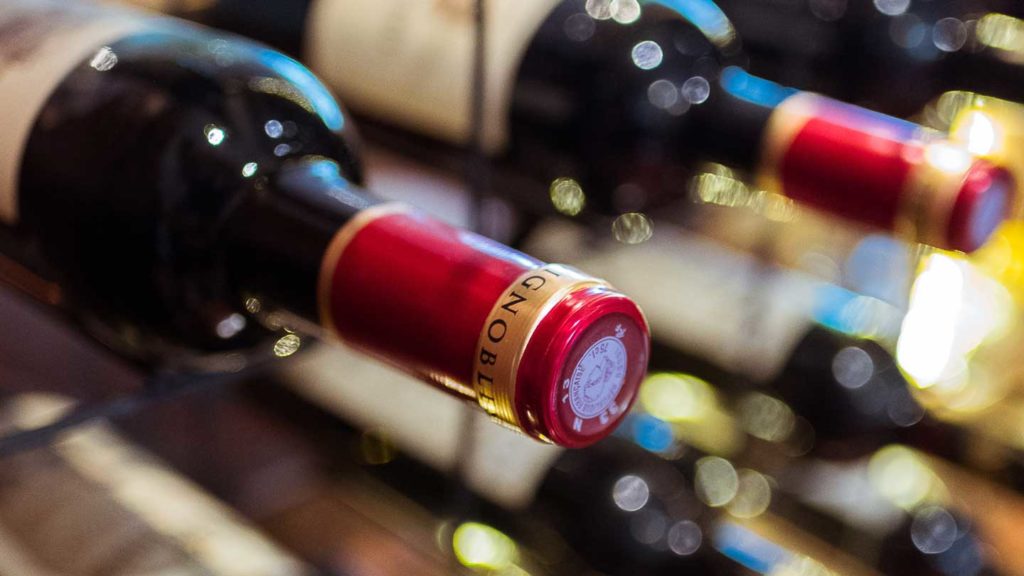You may be wondering what etching is. The etching technique engraves glass, metal, or stone. Engraving leaves a mark by cutting into the material. Nowadays, these are popular as gift items, especially wine bottle engraving. So, people are interested inhaving bottle engraving services.
Etching glass may be done in a variety of methods. You’ll need to know about these methods before hiring any bottle engraving NYC services.
Etching via Mechanical Method
Using a Dremel or similar equipment to mechanically etch the glass scrapes (etches) the surface. However, since the technique is free-flowing and flexible, it is restricted to the engraver’s creative abilities. It’s not an exact technique. It works well with calligraphy and pictures.
Lettering on plates and tags, often used for plaques, trophies, and jewellery is also done by mechanical engravers. Because of the limits of the technique, most mechanically etched goods limit the number of characters per line.
Etching Using Chemicals
Chemical etching scars the surface of the glass using abrasive substances like acid. Masks shield the surface from chemical contact and prevent scarring, allowing for a higher degree of detail. Chemical etching takes a long time and requires a lot of resources.
It’s also a dirty procedure that generates hazardous trash that must be disposed of appropriately. This is suitable for large glass surfaces such as windows, walls, and shower doors. The acid only burns the outside layer of the glass in this procedure, giving it a frosted appearance.
Etching Using Lasers
Laser etching is a quick and accurate process. It works by directing a laser beam via computer software, making it very precise and creating complex patterns. Laser etching is considerably cleaner than chemical etching since it produces no waste.
It lends itself to being done in clean settings such as shops and can readily perform work on demand for consumers since it is clean and quick. As a result, most “while you wait” work is done using a laser engraver. However, since a laser merely scrapes the surface of the glass, it is not well suited to painting.
Sand Carving
The fourth etching method is sand carving. Abrasive material (sand or silicon carbide) is used to “cut” the glass under high air pressure, comparable to sandblasting. Sand carving, like chemical etching, utilizes a mask to shield the surface from the abrasive on regions that will not be carved.
Sand carving is slower than laser etching since it needs a mask and a cleaning procedure. However, unlike chemical etching, it is very accurate and does not generate harmful waste. Sand carving etching may penetrate the glass to a great depth without damaging the bottle or its contents. Because the recess allows for several colour fills, the final result is typically more colourful and creative than any other method.
Deep Etching
We term the results of sand carving “deep-etched” to distinguish them from the other techniques since we think they are better. You may now decide based on the distinctions you’ve learned about. Which outcome would you prefer?



